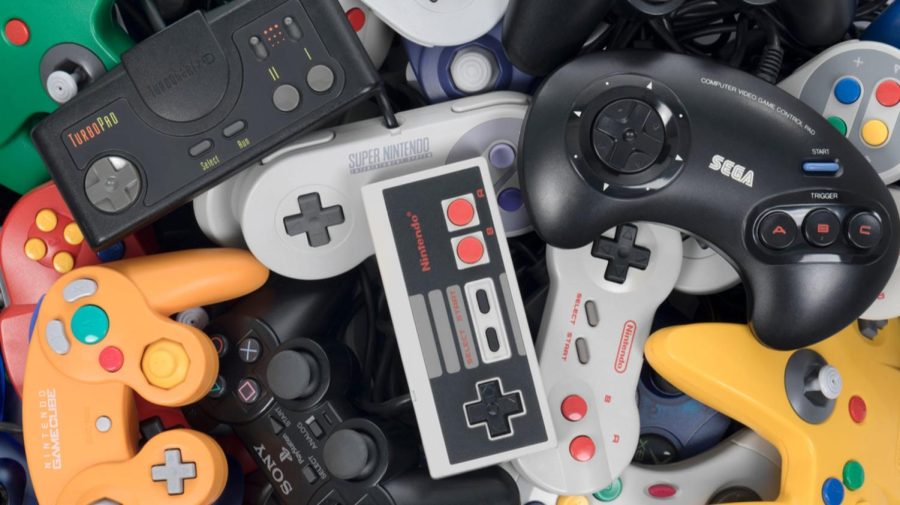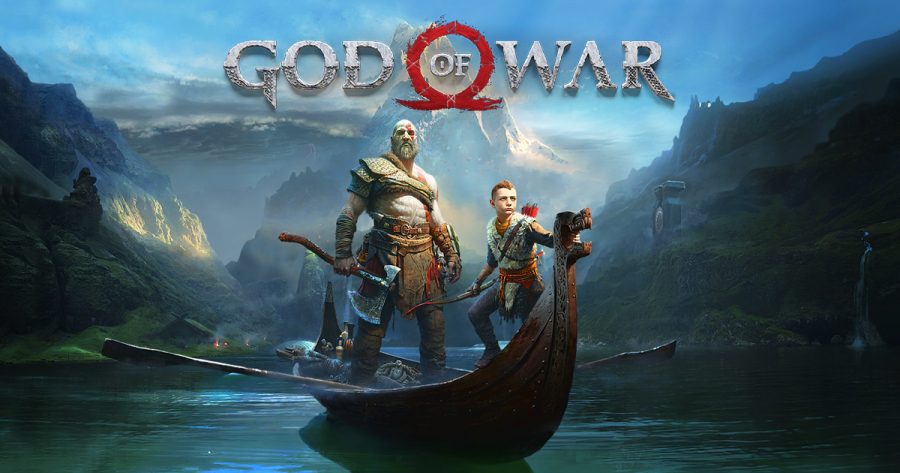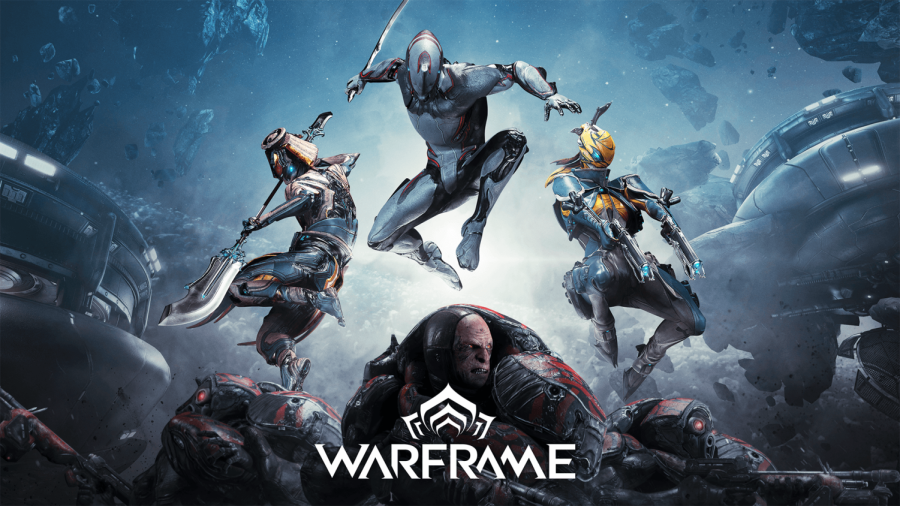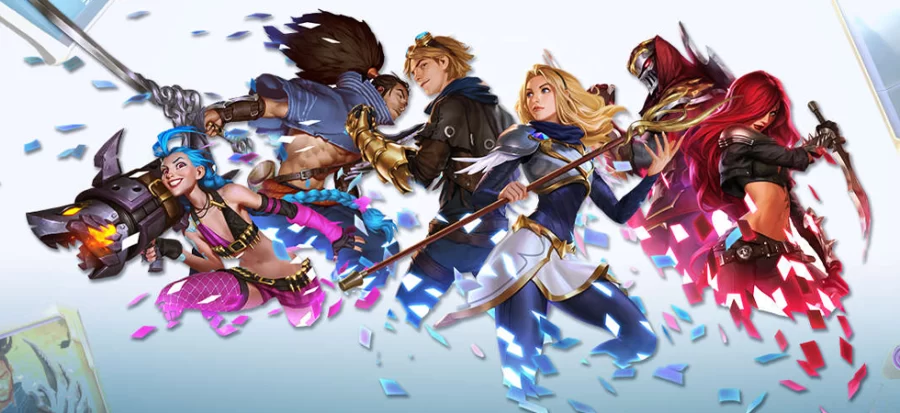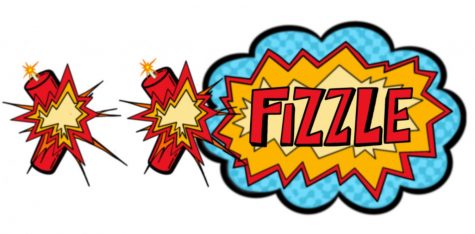 Overwatch was one of the biggest hits of 2016. It was released with a giant boom, and the fact that Blizzard had made a new game hyped everyone up. The game did not let anyone down. It was fun, it had great gameplay and a bright future, and Blizzard had promised to keep up with it.
Overwatch was one of the biggest hits of 2016. It was released with a giant boom, and the fact that Blizzard had made a new game hyped everyone up. The game did not let anyone down. It was fun, it had great gameplay and a bright future, and Blizzard had promised to keep up with it.
From the very beginning, Overwatch has been great. All of the players saw what kind of potential this game held, and the fact that the game was fun, and competitive at the same time, made all kinds of players enjoy it, from casual players to those seeking a challenge.
For about three years, up until 2019, the game was being actively updated and new heroes were constantly being added. It all seemed like the game was going to be the next shooter for any player by themselves or with their friends, for the next ten years. But in 2019, players finally saw the actual future of Overwatch.
For what it was worth, the competitive scene in the game was really good, but not great, because it was rushed. One thing that the competition did to the community was give it “meta,” which was called “goats.”
What this entailed was that out of all character types, the damage dealers, also known as the DPS, were useless based on the game’s flawed balancing. In the competitive environment, it was only about three tanks, or characters, who were supposed to be in front of the team. You also had shields, or a way to suppress your enemy’s fire, and three supports, which were heroes that were there mainly to heal your damaged allies.
It was boring to watch, because it was about the war of attrition, not skill. Whichever team’s tank died first, the opponent would make a push for the objective.
What Blizzard decided to do to combat this boring and uninteresting gameplay was to lower the power of the tanks at first, by reducing how much fire they could suppress. The problem with this type of change is that the DPS were still untouched, and the damage on tanks did not go down, the nerfs meant nothing and the professional scene continued playing “goats.”
After multiple patches in a row, Blizzard gave up and just decided that they were going to implement a role queue, which made it so that either of the teams only could have two tanks, two DPS, and two supports, locking away the creative ways that players had of playing the game. This change made it so that the game was in the hands of the developer, and not in the hands of the player base. This was such a brutish and unnatural way to implement the changes, and it showed how incomptent the balance team is. They revealed that they would rather take shortcuts than bring significant changes to their product.
After 2019, the game saw very few updates that added maps for the arcade game mode, because that was the year that Blizzard announced Overwatch 2, and the last character to be added to the game was Echo, in 2020. After that point, the game went into maintenance mode, meant to just balance the game out and keep it from dying.
After two years, Overwatch 2 has finally been released, and the players were expecting something big. Something new. Anything that would make the game feel different after two years of stagnant gameplay.
Although Overwatch 2 is still in beta mode, and has not fully come out, all that players have seen from the game so far is…nothing.
This sequel did not change anything fundamental from the previous game. The only notable change is the fact that the online competition has shifted from six-against-six matches, to five-against-five. All other changes have been small readjustments to the game’s heroes, with only two out of thirty-two heroes having big changes to them.
The game does not feel like Overwatch 2 at all, but rather just a big update for Overwatch, nothing more. It feels like, throughout two years of development, they did nothing worthy of the wait. The majority of the characters have been left untouched, so the readjustment from a 6v6 to a 5v5 has not been smooth. The teams get run down by enemies faster than ever before, when one of the players is eliminated, making the games much more chaotic and out of the player’s hands.
In the end, Overwatch 2 is not a true sequel; it is only an update–one that we have waited three years for but did not do anything fundamentally to change the gameplay of the original.
All in all, it was not worth the wait, and it generally feels like a disappointment for those who have put countless hours into Overwatch. It would be better just to save your money, and instead maybe you can spend it on Lego Star Wars: The Skywalker Saga instead.
Sorry, Nitros.







